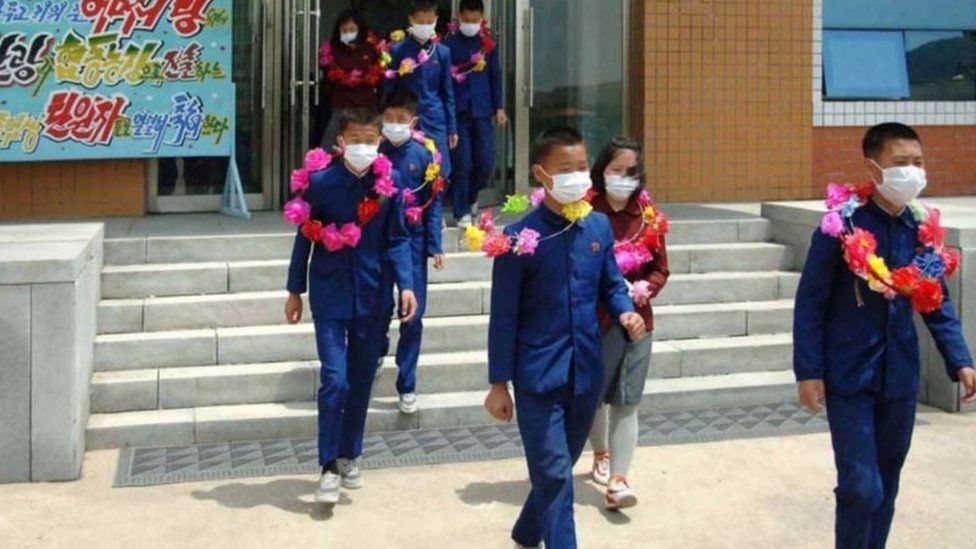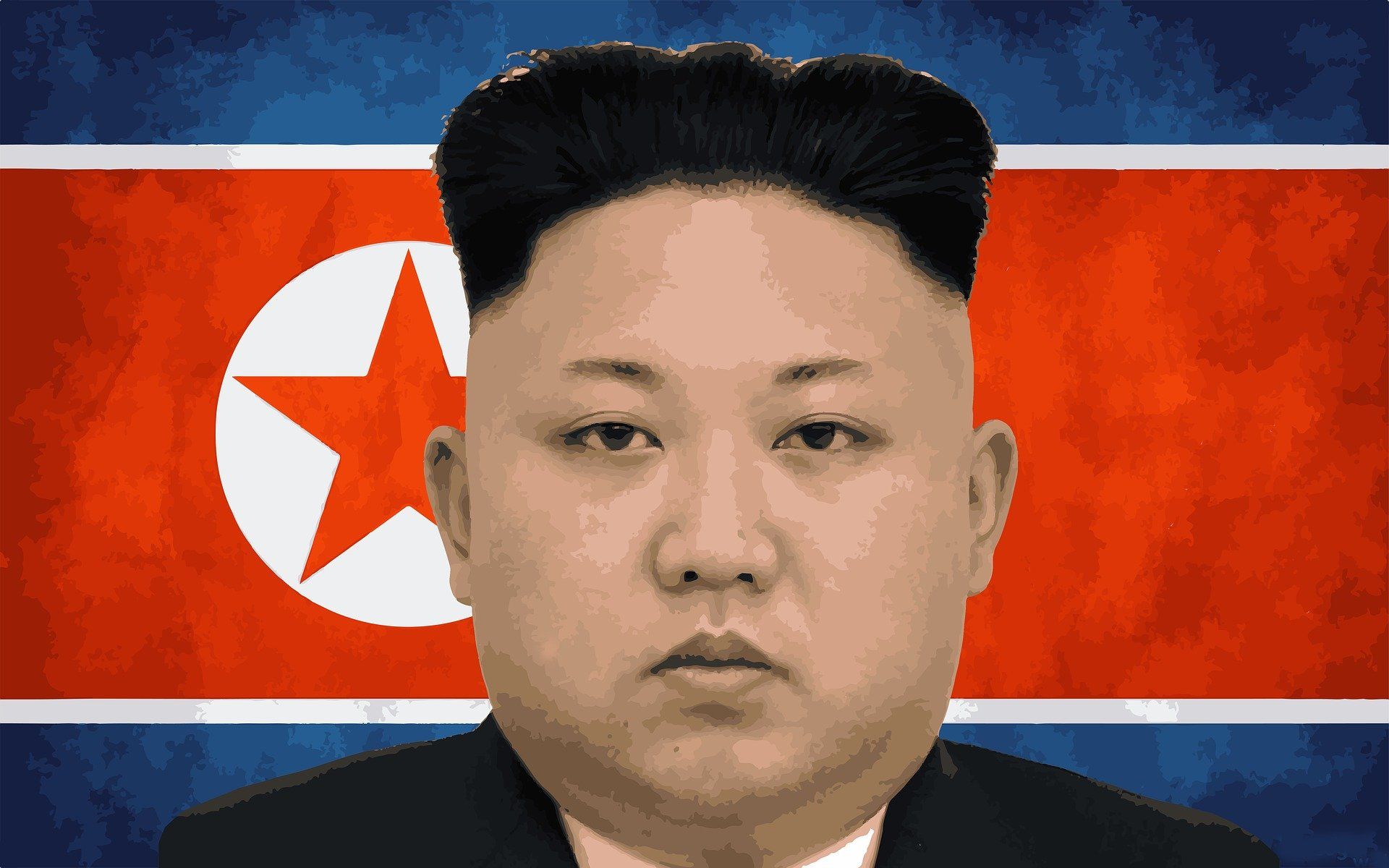They were put to work to “Glorify their youth in the struggle for the prosperity of their country”
North Korea is once again under fire following its announcement that its children are “volunteering” to work in manual labour industries like coal mining, forestry, and farms.
The news outlet Rodong Sinmun, conveniently run by the state, published a story detailing how hundreds of children were volunteering to work in spaces usually operated by adults. These children were of middle school age, though their exact ages have not been published.
The children in question were orphans gathered from across the country. In an image accompanying the article, the children are seen to be separated by gender, adorned in flowers.

After finishing their education “under the warm care of the mother party,” they were put to work to “Glorify their youth in the struggle for the prosperity of their country.” Words like hero, enthusiastic, and passion describe the children numerous times throughout the initial article.
North Korea has a long history of mistreatment, most notably towards those without enormous political and social standing. In 2014, the UN found that the appalling treatment of the North Korean people was “Without parallel in the contemporary world.”
The employment of child workers, and the abysmal conditions they work in, have been reported numerous times since those initial findings.
Per expectation, North Korea has reiterated how happy and accomplished their youth is. “Our children are now growing brightly and lively in the embrace of a boundlessly grateful and socialist system,” states the North Korean foreign ministry.
North Korea has a history of hiding from the international community, and very few people have been able to look into the inner workings of their country. Though it is hard to imagine, the most concerning thing may not the child labour nor the ’employment’ of its most vulnerable youths. But if forced child labour is the ‘good’ they want us to see, what is happening behind the curtains?







































